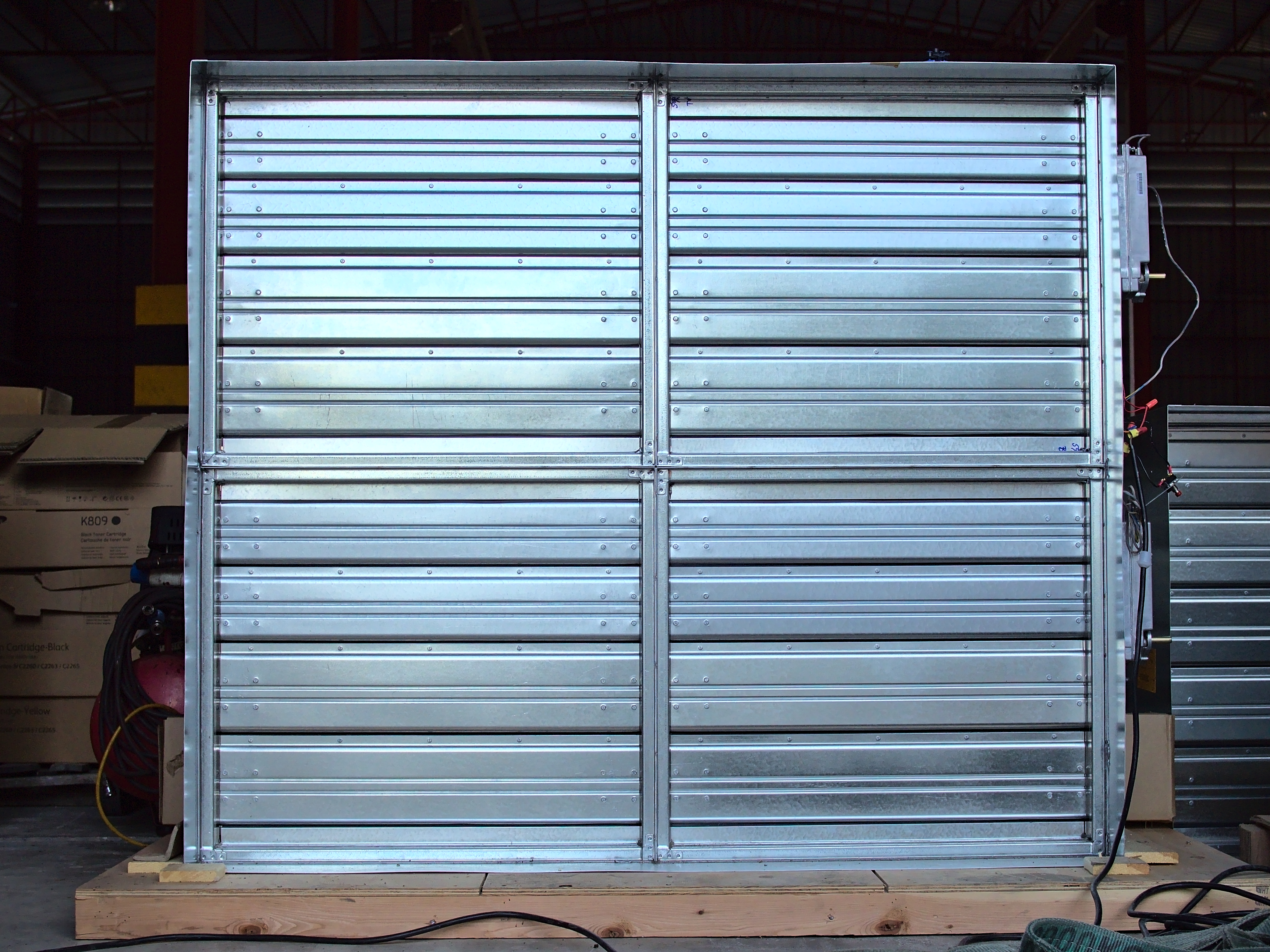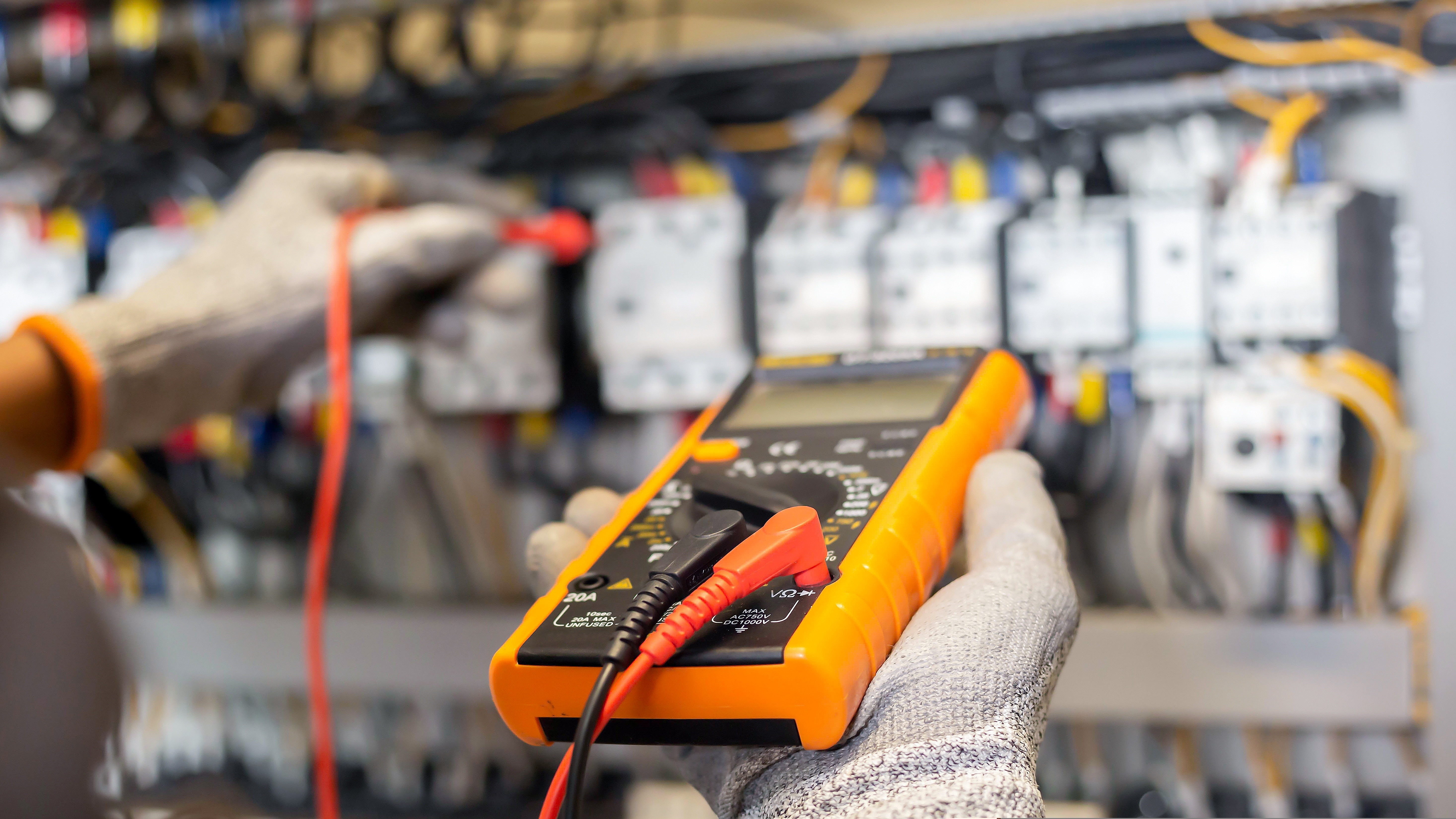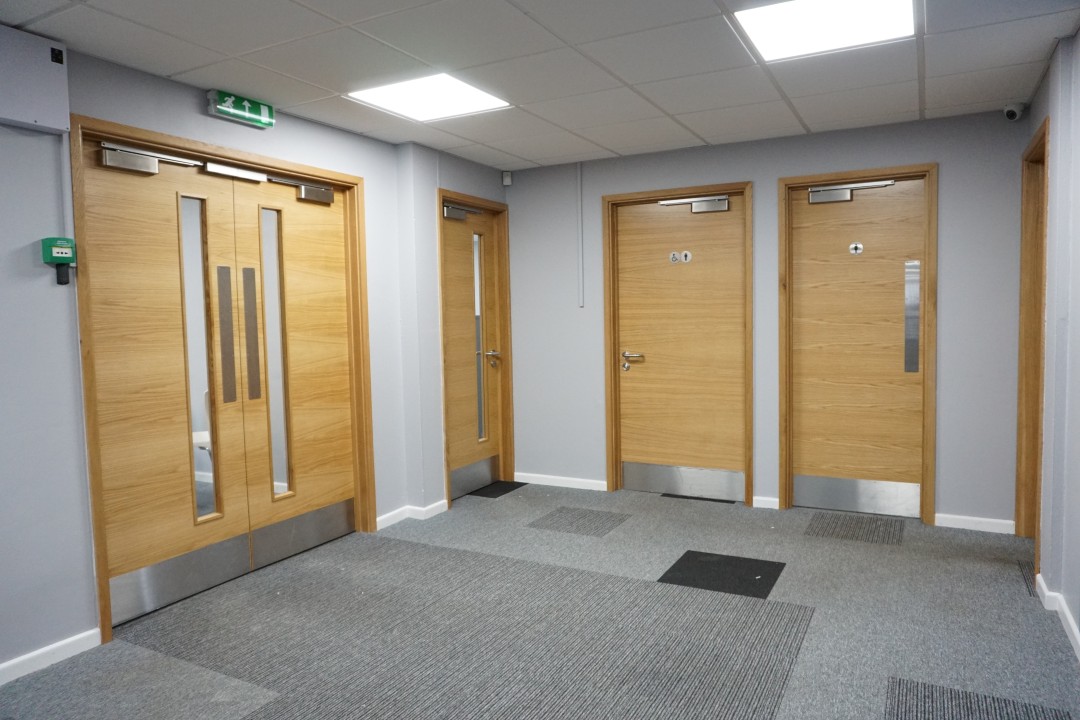Understanding the Distinction between Fire Dampers and Smoke Dampers
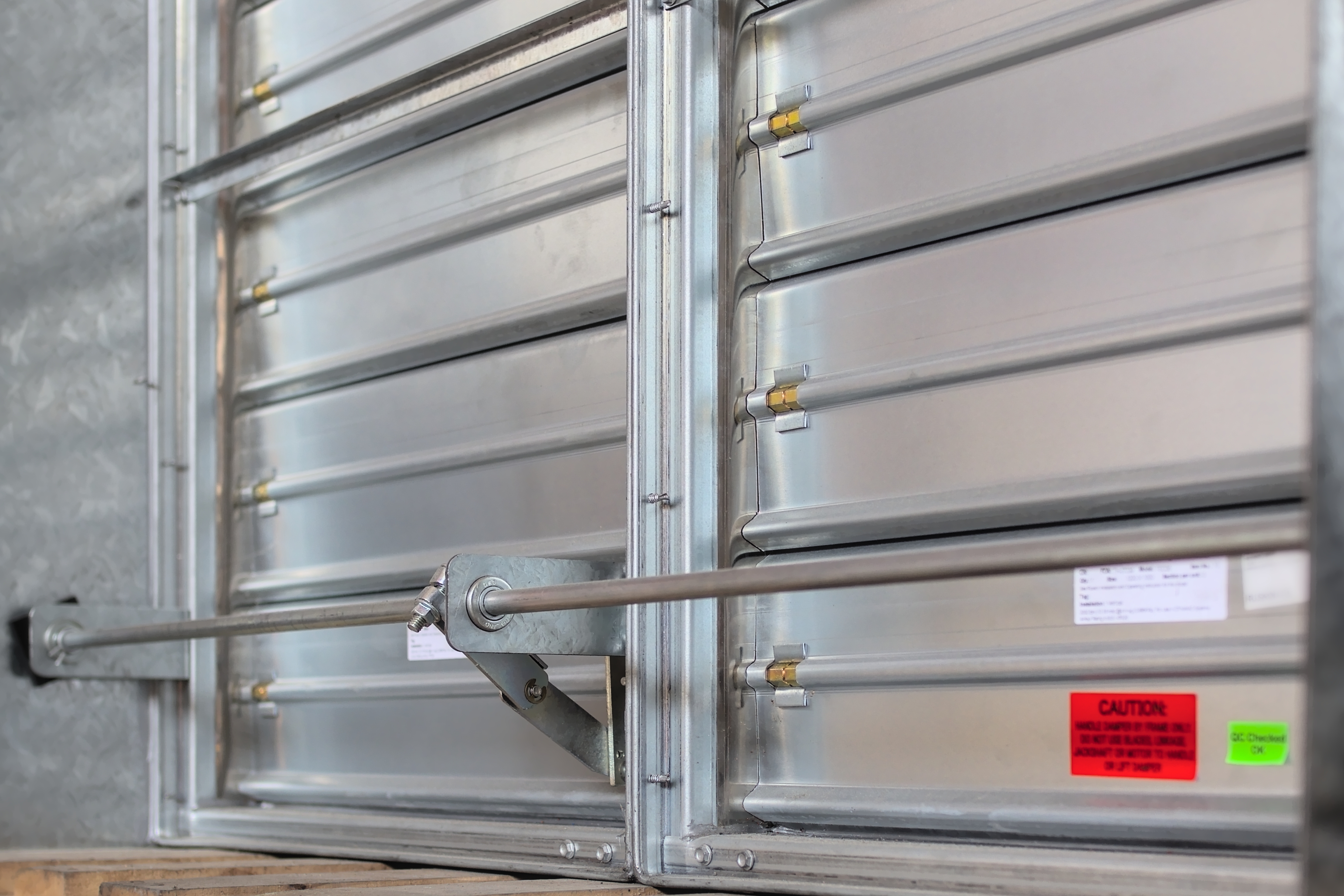
When it comes to fire safety in buildings, the role of dampers is crucial. Fire dampers and smoke control dampers are two types of dampers commonly employed to mitigate the spread of fire and smoke. While they both serve essential functions in fire protection systems, it's essential to understand their differences and applications. In this blog, we will explore the dissimilarities between fire dampers and smoke control dampers, including their purpose, operation, and why they are used in specific scenarios.
Fire Dampers
Fire dampers are fundamental components of a building's fire safety infrastructure. These devices are designed to prevent the spread of fire through ventilation ducts, which can act as pathways for fire and smoke. Fire dampers are strategically installed within the ductwork of heating, ventilation, and air conditioning (HVAC) systems, where they act as fire-resistant barriers.
Fire dampers must undergo testing according to the EN1366-2 standard and receive classification as per the EN13501-3 standard. Furthermore, they should comply with all the requirements specified in the EN15650 product standard.
Purpose and Operation:
The primary purpose of fire dampers is to impede the passage of flames and hot gases between different compartments of a building, such as floors or rooms. They are typically positioned at locations where ventilation ducts or openings pass through fire-rated walls, floors, or ceilings.
Fire dampers are equipped with thermal elements, such as a fusible link or a thermally responsive mechanism, which automatically triggers the closure of the damper when exposed to high temperatures. This mechanism ensures that the fire dampers activate and seal off the ductwork, preventing fire and smoke from spreading through the ventilation system.
Why Fire Dampers are Used:
Fire dampers are essential for compartmentation in buildings, as they help contain fires within their origin area. By restricting the movement of fire and hot gases, fire dampers provide valuable time for occupants to evacuate safely and for firefighters to arrive and suppress the fire. They are required by building codes and regulations and play a critical role in maintaining the integrity of fire-rated barriers.
Click here to see our Dampers service page
Smoke Control Dampers:
While fire dampers primarily address the spread of fire, smoke control dampers are specifically designed to manage the movement of smoke within a building. These dampers are part of a comprehensive smoke control system and work in conjunction with smoke detectors, alarms, and ventilation systems.
Smoke dampers should be subjected to testing in accordance with the EN1366-10 standard and achieve classification as outlined by the EN13501-4 standard. Additionally, they should satisfy the requirements specified in the EN12101-8 product standard.
Purpose and Operation:
The main objective of smoke control dampers is to control the flow of smoke and prevent its migration to unaffected areas of the building. They are installed in HVAC ducts and other ventilation systems to restrict the movement of smoke within a building, aiding the evacuation process and providing a clearer escape path for occupants.
Smoke control dampers operate using various methods, such as electric actuators, pneumatic devices, or mechanical mechanisms. They can be controlled automatically based on smoke detection signals or manually activated in emergency situations.
Why Smoke Control Dampers are Used:
In the event of a fire, smoke can be just as hazardous to occupants as the fire itself. Smoke control dampers are instrumental in containing smoke to specific areas, preventing it from spreading rapidly throughout the building. By restricting smoke movement, these dampers help maintain visibility, facilitate safe evacuation routes, and improve the effectiveness of firefighting operations.
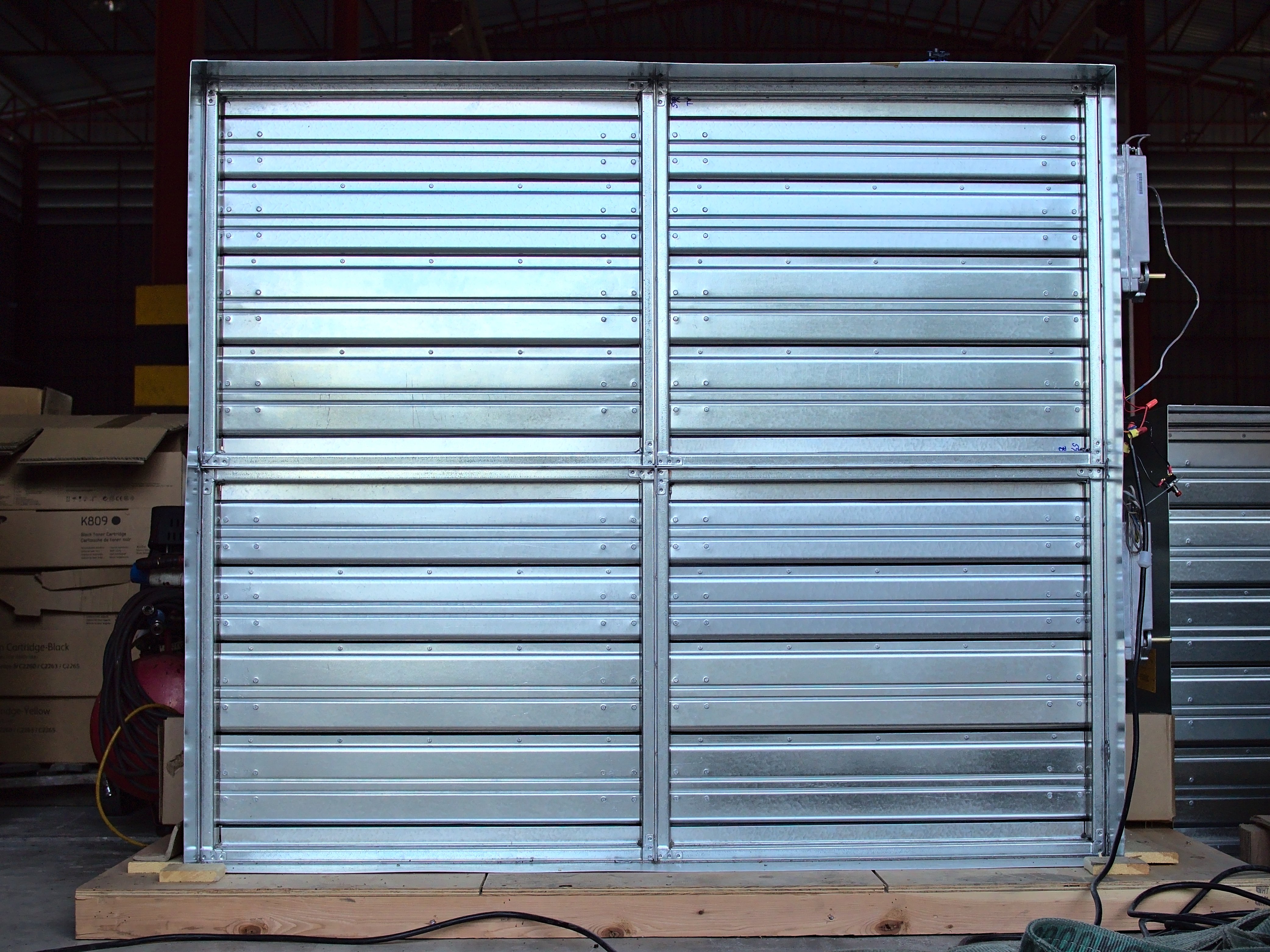
Fire dampers and smoke control dampers are vital components of fire protection systems, each serving a distinct purpose. Fire dampers are primarily focused on preventing the spread of fire through ventilation systems, while smoke control dampers aim to manage the movement of smoke within a building. Both dampers play crucial roles in enhancing occupant safety during fire incidents, ensuring that fires are contained, and smoke is controlled. By understanding these differences and utilising the appropriate damper systems, buildings can be better equipped to handle fire emergencies and minimise potential damage and harm.
If you would like more information on Dampers or would like to speak to one of our expert consultants then please contact us below and we'll get back to you as quickly as possible.
Sign up for fire safety updates!
You'll receive all the latest news and blogs straight to your inbox.


